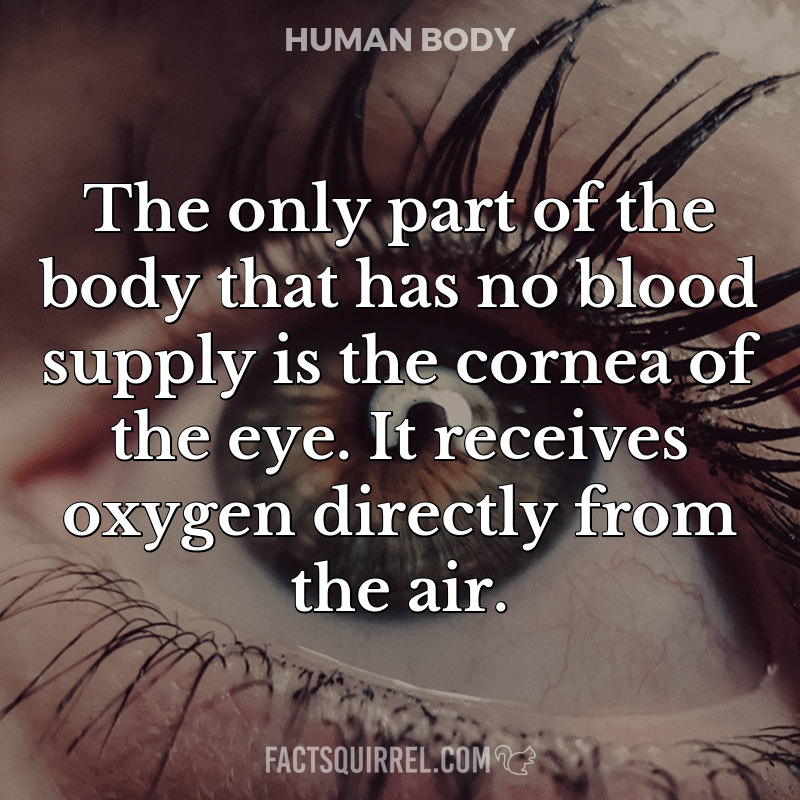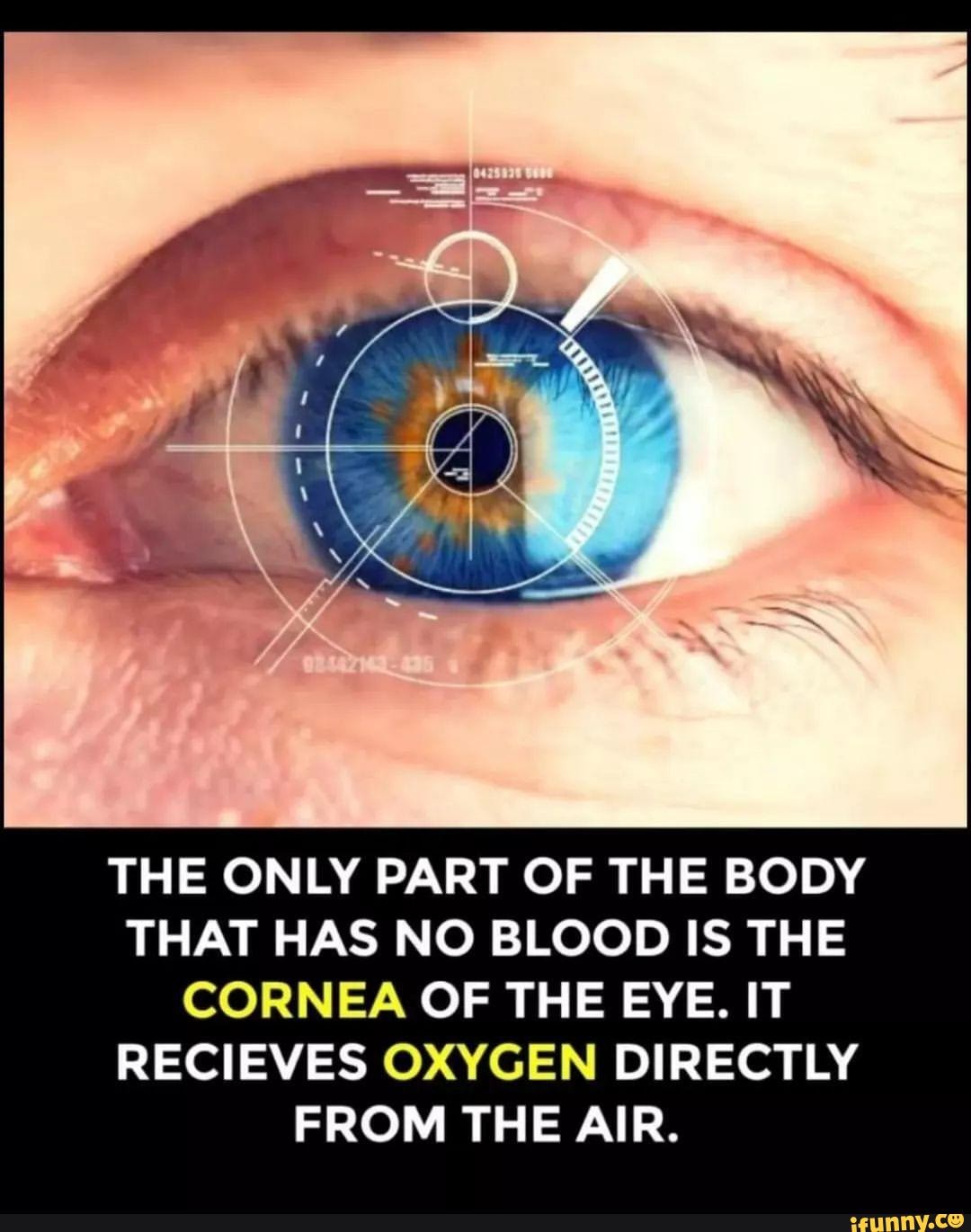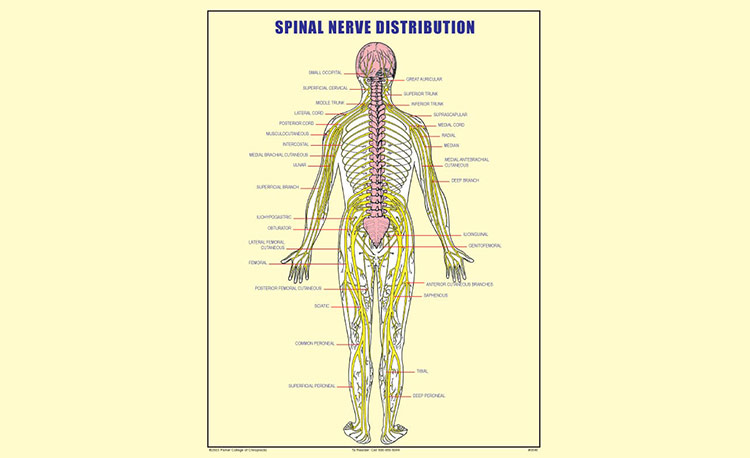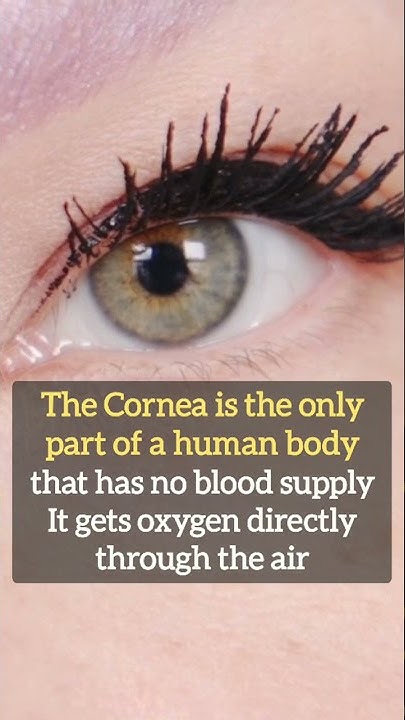What Part Of Body Has No Blood

The human body, a marvel of biological engineering, is perfused with a complex network of blood vessels delivering oxygen and nutrients to every corner. However, there's a notable exception to this rule: a specific part of the body that lacks a direct blood supply.
That part is the cornea, the clear, dome-shaped outer layer of the eye. This unique characteristic allows the cornea to maintain its transparency, which is essential for proper vision.
Understanding the Avascular Cornea
The cornea's lack of blood vessels, a state known as being avascular, is critical to its function. Blood vessels within the cornea would scatter light, impairing the clarity of the image projected onto the retina.
Think of it like trying to look through a window covered in a web of tiny, red lines; your vision would be significantly distorted. Therefore, the cornea has evolved to remain transparent by circumventing the need for direct blood supply.
How the Cornea Receives Nutrients and Oxygen
So, how does the cornea survive without blood? Instead of relying on blood vessels, the cornea obtains nutrients and oxygen through several ingenious methods.
Firstly, the cornea absorbs oxygen directly from the air. This process is facilitated by the tear film that covers the cornea's surface, acting as a solvent for oxygen absorption.
Secondly, nutrients are supplied via the aqueous humor, a clear fluid that fills the space between the cornea and the lens. The aqueous humor bathes the inner surface of the cornea, providing essential sustenance.
Thirdly, cells at the periphery of the cornea receive nutrients via diffusion from blood vessels located at the limbus, the border between the cornea and the sclera (the white part of the eye).
Significance in Eye Health and Disease
The avascular nature of the cornea has significant implications for eye health and disease. Due to the lack of blood vessels, the cornea is relatively protected from immune responses.
This feature is essential for successful corneal transplantation, as the risk of rejection is lower compared to other tissues. This is according to the National Eye Institute (NEI), part of the National Institutes of Health (NIH).
However, the absence of blood vessels also means that the cornea has a limited capacity to heal itself after injury or infection. Deep corneal injuries can result in scarring, potentially leading to vision impairment.
Corneal Neovascularization: A Cause for Concern
While the cornea is normally avascular, under certain conditions, blood vessels can invade the cornea, a process called corneal neovascularization. This is always a cause for concern.
This can occur due to chronic inflammation, infection, contact lens overuse, or injury. These newly formed blood vessels can disrupt the cornea's transparency, leading to vision loss.
Treatment for corneal neovascularization often involves addressing the underlying cause and may include medications such as corticosteroids or anti-VEGF (vascular endothelial growth factor) agents to inhibit blood vessel growth.
Dr. Emily Carter, an ophthalmologist at the Wills Eye Hospital, explains that, "Preventative measures, such as proper contact lens hygiene and prompt treatment of eye infections, are crucial in preventing corneal neovascularization."
The Cornea and Contact Lenses
Contact lens wearers need to be particularly mindful of maintaining corneal health. Improper contact lens hygiene, extended wear, and poorly fitting lenses can reduce oxygen supply to the cornea.
This can lead to corneal hypoxia (oxygen deficiency), increasing the risk of neovascularization and other complications. It's important to follow the eye doctor's instructions for proper contact lens use and care.
Regular eye exams are essential to monitor corneal health and detect any potential problems early on. The American Academy of Ophthalmology (AAO) recommends annual eye exams for contact lens wearers.
Conclusion
The avascular nature of the cornea is a testament to the exquisite design of the human body. While lacking blood vessels, the cornea relies on alternative mechanisms to obtain essential nutrients and oxygen.
Understanding the unique characteristics of the cornea and potential risks it faces is important for maintaining good eye health. Protecting the cornea is essential for clear vision and overall well-being.


















